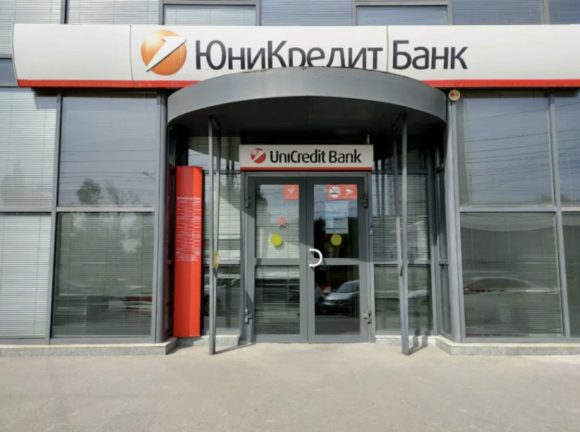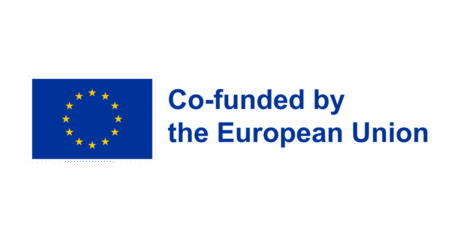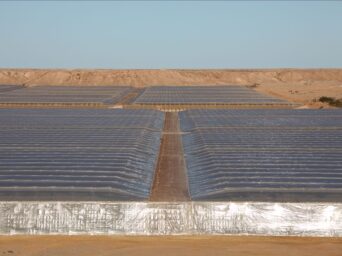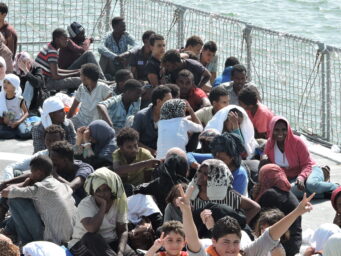Russia is preparing ’mirror measures’ in response to the possible seizure of Russian assets in the European Union, Russian media report. Moscow may nationalize foreign assets and swiftly sell them off under a new privatisation mechanism. The EU plans to use frozen Russian money for helping Ukraine.
Russian President Vladimir Putin has signed a decree allowing for accelerated privatisation by decision of the head of state. The document is intended to speed up the sale of foreign companies based in Russia by cutting pre-sale valuations to ten days and accelerating registration procedures. The move is seen as a response to the actions of the United States and its European allies.
The decree states that it was adopted in response to ‘unfriendly and contrary to international law’ actions by foreign states led by the United States. The document’s stated purpose is to protect Russian national interests.
Russia to pay for the Ukraine war: European leaders
On Wednesday, 1 October, European political leaders expressed broad support for the idea of using Russian assets frozen in the West. The aim is to provide some €170bn euro loan to Ukraine. The topic should be discussed further in three weeks to try and sort out legal aspects of the operation.
Since the US military financing for Kyiv is gradually drying up and many EU governments face fiscal struggles, the Commission has proposed the EU should use the cash balances from frozen Russian central bank securities to support Kyiv in 2026 and 2027.
You might be interested
The EU is considering a legal scheme that would use to frozen Russian assets to guarantee loans for Ukraine. Under the plan, Ukraine would receive financing now, while the frozen assets would effectively serve as security for future reparations Russia is expected to pay. In other words, the EU would formally not seize the funds, but Moscow would only recover them if it compensates Ukraine for war damages.
The EU has a legally sound basis for using hundreds of billions of euros’ worth of immobilised Russian central bank assets to fund a reparation loan to Ukraine. — Ursula von der Leyen, Commission President
Commission President Ursula von der Leyen said on Wednesday, 1 October that the EU has a ’sound bases’ for using the Russian central bank assets. Ms von der Leyen added that there is a ’growing consensus’ across the EU that Moscow, rather than European taxpayers, should fund Kyiv’s war effort and later reconstruction.
Reaction to the EU’s ’theft’: Kremlin
Kremlin spokesman Dmitry Peskov called the EU’s plans to transfer frozen Russian assets to Ukraine ‘theft’. He said that Russia’s retaliatory measures would be painful for the depositary countries.
If the EU begins to seize Russian assets, Moscow will respond symmetrically, Russian media report. Hundreds of Western companies continue to operate in Russia, from banks such as Unicredit and Raiffeisen to food manufacturers PepsiCo and Mondelez. So far, Moscow avoided direct nationalization, transferring assets to the temporary management of Rosimushchestvo for further sale to ‘preferred buyers’.
It is estimated that in Europe and the G7 countries, Russian assets worth approximately €210–220bn have been frozen. Most of it are state reserves held mainly on the Belgian Euroclear platform. Large sums have also been blocked in France—some €19bn. In addition to the reserves of the Central Bank of Russia, the sanctions also apply to the private funds of Russian businessmen and companies. These amount to around €24bn.








